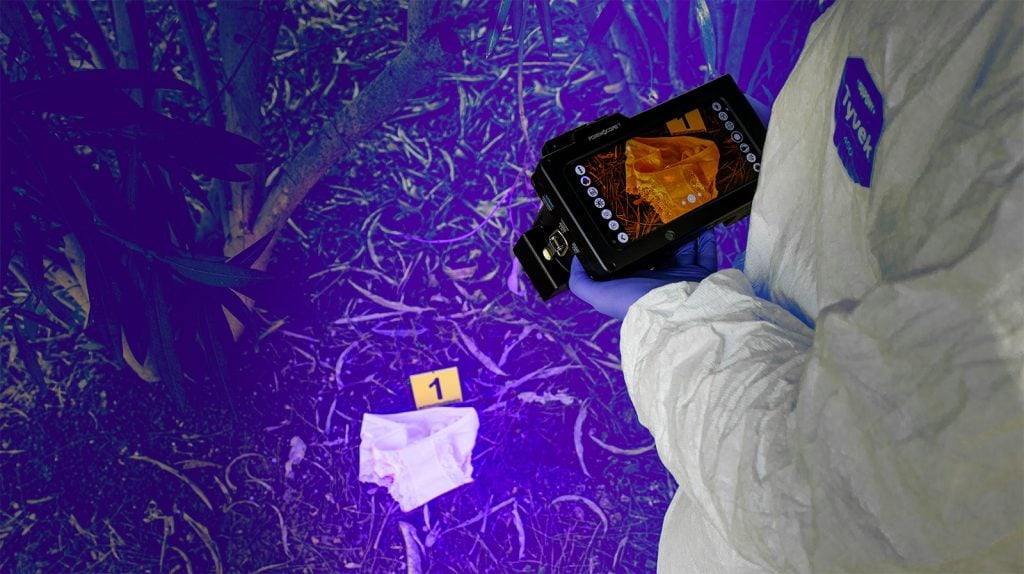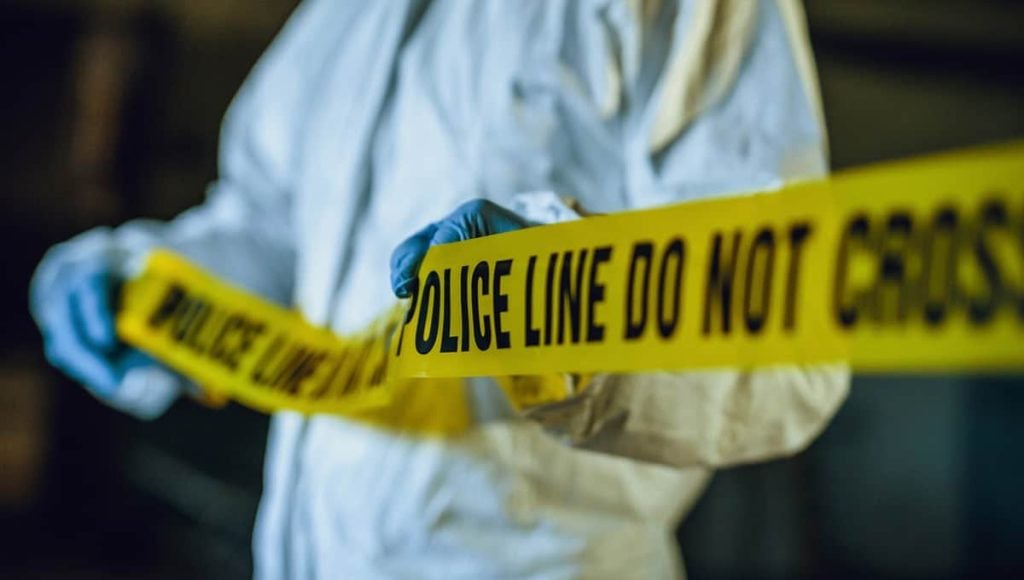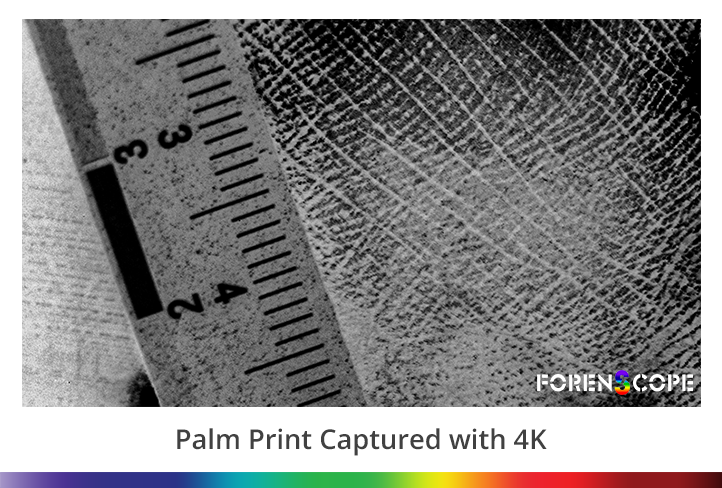
Palm Print Identification in Forensic Sciences
Palm prints are generally considered an identification by forensic scientists. Identification with palm fingerprints has become an essential tool in identifying criminal suspects. Law enforcement estimates that about a third of crime scene scars come from the palms of the hands. Palm identification can be beneficial in thefts and carjackings because while most criminals take care not to leave fingerprints, in many cases, it has been possible to illuminate the crime with palm identification.
Palm prints are crucial evidence that can play a vital role in identifying the person and establishing a relationship between the suspect and the crime scene/victim.
The palm print is related to the inner surface of the hand. The palm print mainly consists of three lines or ridges: the main line, the secondary line (wrinkles), and the epidermal line. Palm prints are unique to each individual. A palm print differs from a fingerprint in that it contains information such as texture, indentations, and markings that can be used when comparing one palm with the other.
Palm pressure combines two unique features, palmar friction ridges, and palmar flexion folds. Palmar friction ridges are grooved skin patterns with sweat glands but no hair or sebaceous glands. Discontinuities in epidermal ridge patterns are called palmar flexion wrinkles. These are areas of tighter attachment to the basal (dermis) skin structure. Flexion wrinkles appear before the formation of friction ridges during the embryonic skin development stage, and both of these features are claimed to be invariant, permanent, and individual. The three types of flexion wrinkles most clearly visible are the transverse distal, transverse proximal, and transverse radial transverse folds. Based on these large wrinkles, the three palm print regions are defined as interdigital, thenar, and hypothenar.
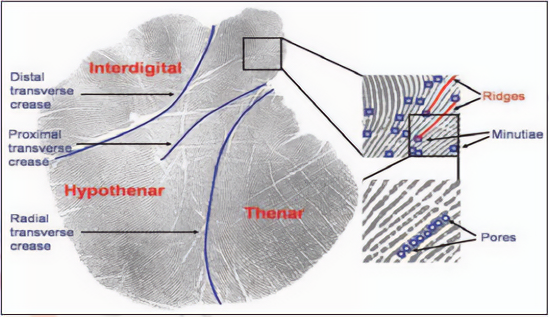
Figure 1. Regions on a palm print (interdigital, thenar, and hypothenar), major wrinkles (transverse distal, proximal transverse, and radial transverse folds), ridges, minor details, and pores.
In palm prints, especially the lower part (Hypothenar area) has a larger area than the fingerprints left on the object/surface, so identification is more likely from such prints.
In palm prints, especially the lower part (Hypothenar area) has a larger area than the fingerprints left on the object/surface; therefore, the probability of finding identity from such prints is higher.
Palm pressure analysis helps to prove the identity of the criminal. Palm print is crucial evidence. Palm prints are produced on almost any surface; document, wall, table, bottle, glass, etc. In the case of sexual assault, palm prints can be found from many parts of the body.
Detailed analysis of fingerprints and palm prints at the crime scene is therefore vital for identifying the suspect and establishing a crime. Most often, at the crime scene, the assault weapons (knife, hilt, pistol) contain fingerprints and palm prints collected from the steering wheel and windowpanes. Fingerprints are usually taken from crime scenes. Fingerprints obtained from the crime scene are matched with suspects to confirm their involvement in the crime. Gender differences in palm print ridge intensity can help identify a dismembered hand during forensic investigations to identify an individual in mass disasters/mass murder cases.
Important features of palm print identification are geometric, basic, wrinkled, delta point, and minutiae (small) features. Geometry properties such as width, length, and area can be easily obtained by analyzing palm prints. The location of the baseline and the shape of the outlines are essential physiological characteristics to identify the individual. Wrinkles, which differ from the main lines, are finer and irregular. The delta point is defined as the center of a delta-like region on the palm print.
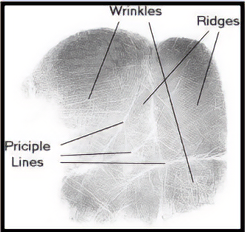
Figure 2. Shows the main lines or ridges in the palm print
The ridges and lines on the palm are a set of unique biometric identifiers, just like a set of fingerprints. Because palms are much larger than fingers, palm prints have an average of 1,000 identifying features, while the average fingerprint has only 100 identifying features. Palmprint databases are much smaller than fingerprint databases. In May 2013, the FBI launched the National Palm Print System (NPPS) as part of the Integrated Automatic Fingerprint Identification System (IAFIS). The availability of the national palm database has significantly expanded the access to palm prints previously stored in the databases of individual federal, state, local, and tribal law enforcement agencies.
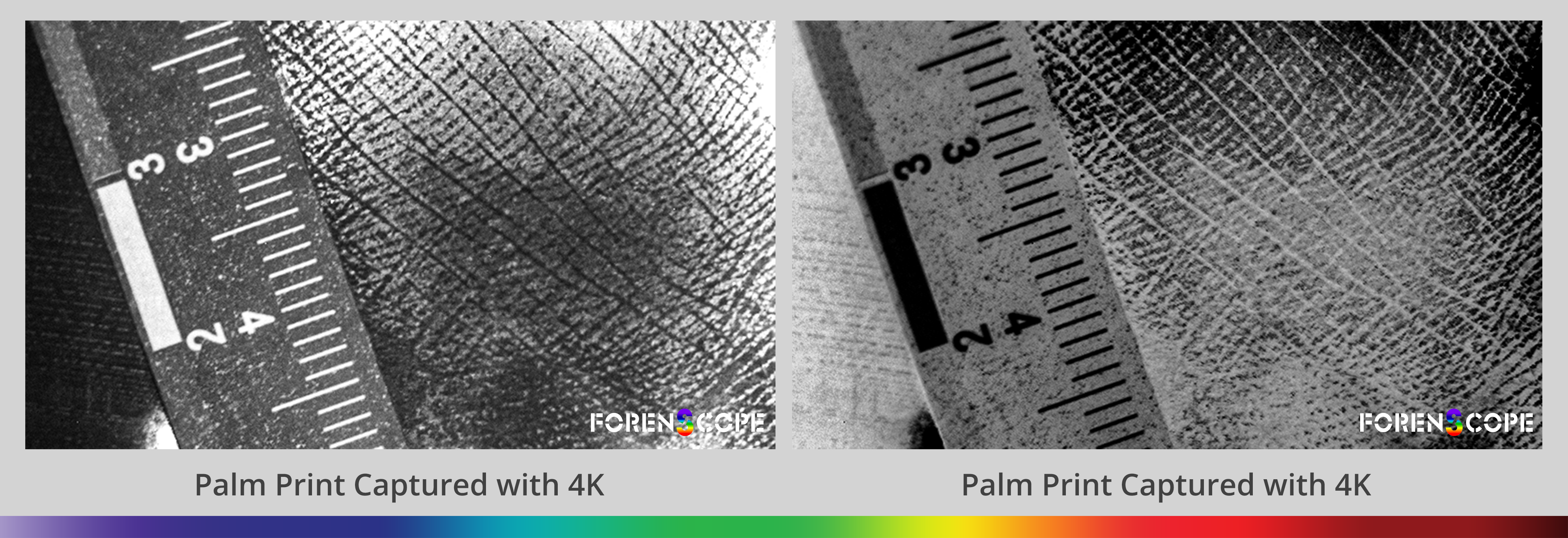
Figure 3.
The NPPS is part of the FBI’s Next-Generation Identification (NGI) System and is used as a database of palm print images and the identities of those they belong to. This national database is a central resource for case-based crime, law, and unsolved cases. Agencies can submit palm prints found at crime scenes to the NPPS to see if they are registered with the NGI System. The database currently has more than 20 million unique palmprint IDs and more than 42 million individual palmprint images linked to these IDs.
Palmprint identification is the ubiquitous and most widely used technique for automatic personal identification based on biostatistics. The most prominent features of palm prints and fingerprints are similar. Therefore, palm prints are everywhere, constant and unique, do not change throughout life, and are impossible to stimulate.
In case of leakage of confidential documents, palm prints, hidden palm prints under the author’s signature or writing, can prove information about the author, forgery.
The advantage of the palm over the fingerprint is the larger surface area also provides more features for comparison. As with fingerprints, the quality of palm prints is also important.

Figure 4. Palm print image captured with 4K
The most crucial role of palm comparison is to identify the origin of a particular mark found at the crime scene. Since the palm covers a larger area than the fingers, they are considered to provide more information for customization. Also, palm prints probably indicate whether it’s right-handed or left-handed. It is not always known from which finger the fingerprints originate.
Palm prints can also play a role outside of identification or personalization. They can help determine how the ‘source’ of the traces performed: how did the trace get there? How were the moves made? Therefore, it can provide information about activities that may have brought the print to that position relative to the palm prints. For example, a grip trace suggests a different activity than a simple handprint. In this respect, palm prints can offer added value compared to fingerprints.
In many cases studied, a particular activity was deduced from a handful of prints. In this sense, palm prints provide more information about actions that took place during the crime than DNA traces, as they may indicate, for example, a grip or the tracer leaning against a wall or object. The shape of the palm can indicate a particular activity (holding, bending, pushing). In this case, a palm can have added value compared to a single fingerprint. It is also possible that the location of the permit says something about the activity.


